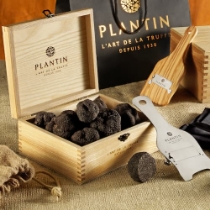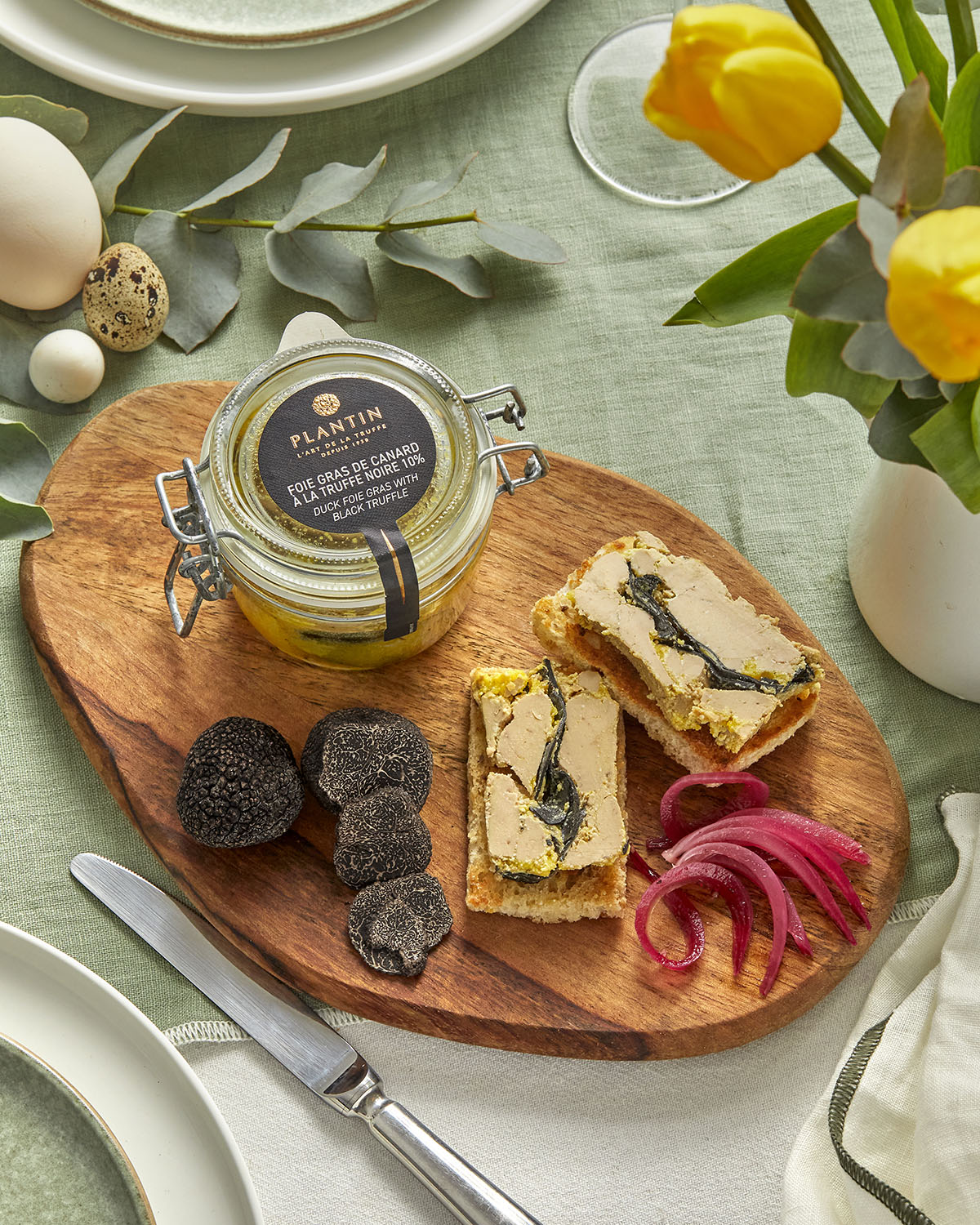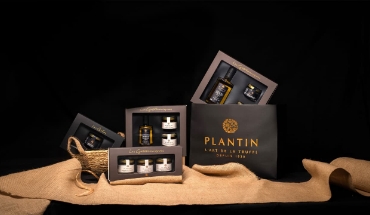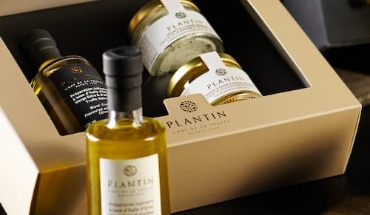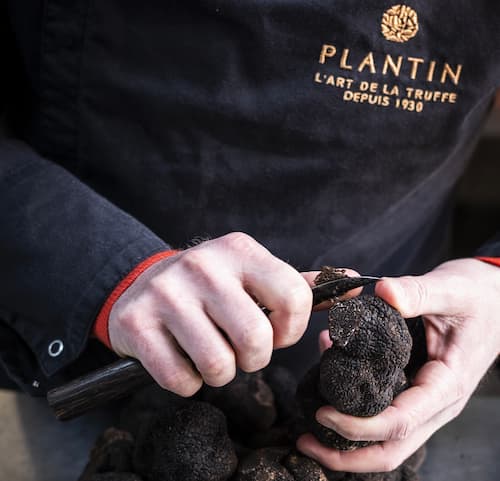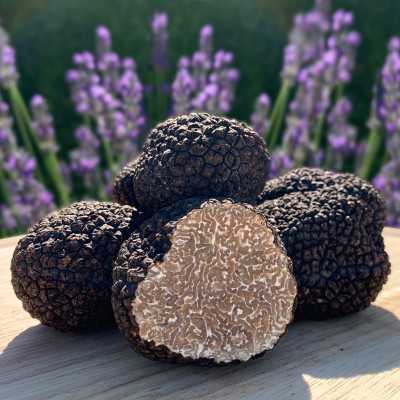- Sign up for our newsletter and get 10% off your next order
- Menu
Summer truffles
Our quality commitments
Packages are carefully prepared and shipped within 72 hours. Each product is packaged to ensure maximum protection during delivery.

The parcels are handed over to the various transporters each day in order to be delivered to you as quickly as possible, and in the respect of the conservation conditions.
Before, during or after your purchase our customer service is available to answer all your questions via chat, phone or email
The long-ignored summer truffle is now celebrated!
The summer truffle, whose scientific name is Tuber aestivum, is also sometimes known as “St. John’s truffle” because its season peaks around the time of the feast of St. John the Baptist.
It’s also occasionally called summer white truffle, though it shouldn’t be confused with the Alba white truffle, whose season begins in October and which differs in every way from the summer truffle.
The summer truffle was long shunned by gourmets, and it was even used by farmers to feed their pigs!
Because they were rarely harvested by humans, wild boars, insects, and other animals would feast on them.
Then, four decades ago, people began using them to train truffle dogs. This attracted attention to summer truffles and people began using them in their cooking.
The summer truffle, the result of a natural balance
Harvested between April and August, the summer truffle generally grows under the same trees as the black truffle, including hazels, lindens, evergreen and downy oaks, ashes, and beeches.
In order to fully develop underground, Tuber aestivum requires a perfect balance of moisture. Too much water will kill the summer truffle, while too little will halt its growth. Because of this dependency on weather variations, the summer truffle’s harvest varies from year to year.
The environment in which it grows, particularly the composition of the soil, has a strong influence on the summer truffle’s flavours. However, the tree under which it grows has no discernible impact on its taste.
The summer truffle’s flavours also vary according to when it’s harvested. Early in the season, when its flesh is still very light in colour, the flavours will be very subtle. They get stronger around the month of July, when the summer truffle’s flesh turns a beautiful chestnut colour.
The summer truffle, a special truffle in its own right
Often erroneously compared with the black truffle Tuber melanosporum, the flavours of the summer truffle are very different from those of the famous “black diamond.”
Still, it is a delicious, crunchy truffle with subtle flavours of hazelnut and mushroom.
At first glance, the summer truffle may look just like the black truffle, but when you look closer, you’ll notice some important differences.
First, while its skin (also called the peridium) may be black like Tuber melanosporum, it has a different texture, composed of little protuberances that are more pronounced than those on the black truffle. In terms of size, the summer truffle is generally larger than the black truffle.
Finally, its flesh (also called the gleba) is very light in colour early in the season, then turns a chestnut colour as the season draws to a close. This differs from Tuber melanosporum, whose flesh is black.


Discover tuber aestivum
In terms of aroma and taste, the summer truffle is again quite different from its cousin, the black truffle.
The summer truffle offers a fragrance reminiscent of wild mushroom. Its flavour offers subtle notes of hazelnut and forest mushroom, delicately enhancing any dish. Finally, the summer truffle has a crunch that adds an extra little delicious touch that makes all the difference.
In general, the summer truffle has a light flavour that goes perfectly with summer dishes. You can complement it with a drizzle of olive oil and put it on toast as an appetiser, on fish, in a vegetable carpaccio, or simply in a salad. It will bring a new dimension to any dish its added to.
The summer truffle is now used by the world’s finest chefs.
Tuber aestivum should be kept in the refrigerator at 2°C to 5°C for 5 to 7 days, in a sealed container and covered in absorbent paper, which should be changed every other day. Use 10 to 15 grammes per person of this delicious truffle to give a boost to any recipe!


